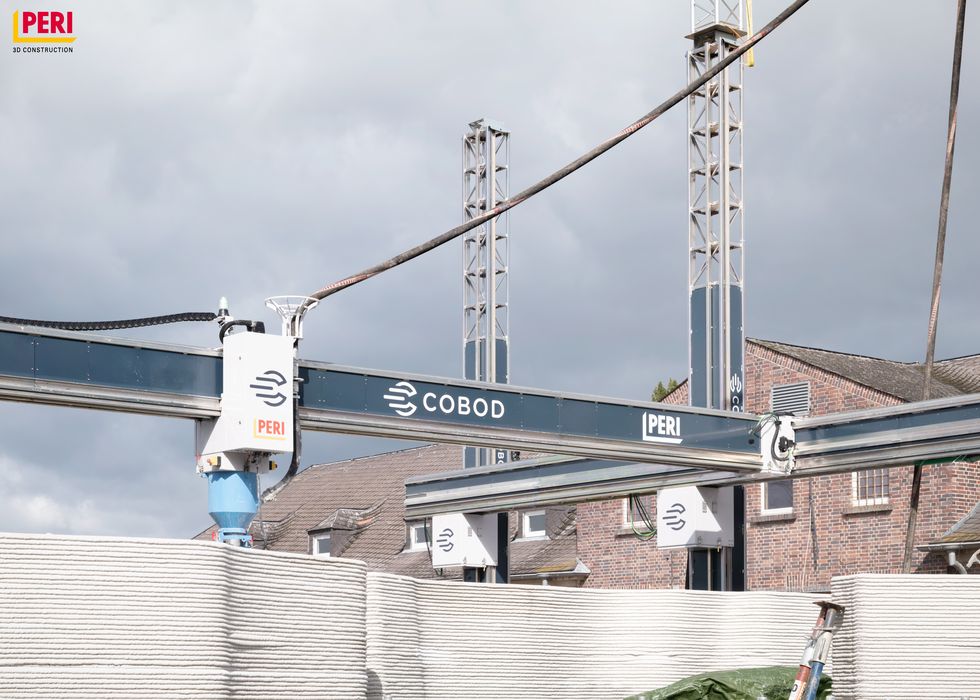
Each week I see a different construction 3D printing company in the news. What’s going on?
Construction 3D printing is on the rise, and in a few years just might become one of the most popular 3D printing applications. The technology involves extruding lines of concrete to build large structures, sometimes entire buildings, layer by layer.
After an initial period of chaos, in which there were several bad actors on the scene separating investors from their money, the state of construction 3D printing is far better today. Nowadays we have several competent manufacturers of 3D printing equipment.
But hold on, “several” doesn’t sound like very many. What are all these other construction 3D printing companies? Are they making construction 3D printers as well?
In most cases they are not. The way the industry seems to be playing out is that there are tiers of actors.
In general, equipment is produced by the key construction 3D printer manufacturers. This is then leased/sold to regional construction companies, who use the equipment on their projects.
This approach makes much sense when you consider that a regional construction company knows far more about the local market, where to find customers, what to build, how to comply with local building regulations, etc. Equipment manufacturers are good at making 3D printers, but not so much on the construction projects themselves.
This is why we keep seeing a series of apparently new construction 3D printing companies. They have acquired construction 3D printers and are using them on building projects.
Now that the word is getting around the industry, there are many players adopting construction 3D printing technology in order to get ahead. These strategic players are hoping for a big boost in the use of the technology in the future. I believe is quite likely, particularly as software solutions emerge that optimize the use of the construction 3D printing hardware.
Some of these construction companies are existing operations, and use the 3D printers as just another tool in their construction toolkit. Others, typically new startups, acquire the 3D printers and dedicate their business to leveraging the equipment on 3D printing projects.
There are some variations to the two-tier concept. There are construction 3D printer manufacturers that integrate project activity, for example. There are also large international building corporations that dispatch work to subcontractors and partners on larger projects.
This is all quite typical for the construction industry, and it seems that 3D printing will fit into that world in much the same way.
